
Cinema Pioneer Irie Takako
Cinema Pioneer Irie Takako
When one ponders Japanese cinematic legends, the immediate names that come to mind are Kurosawa Akira, Mifune Toshiro, Yasujiro Ozu, and Hayao Miyazaki. Yet conspicuously absent from this legendary list is the seminal woman of Japanese cinema—Irie Takako to mōshimasu.
Not unlike the formative onna-bugeisha, these women of note are conspicuously absent from the annals of Japanese history.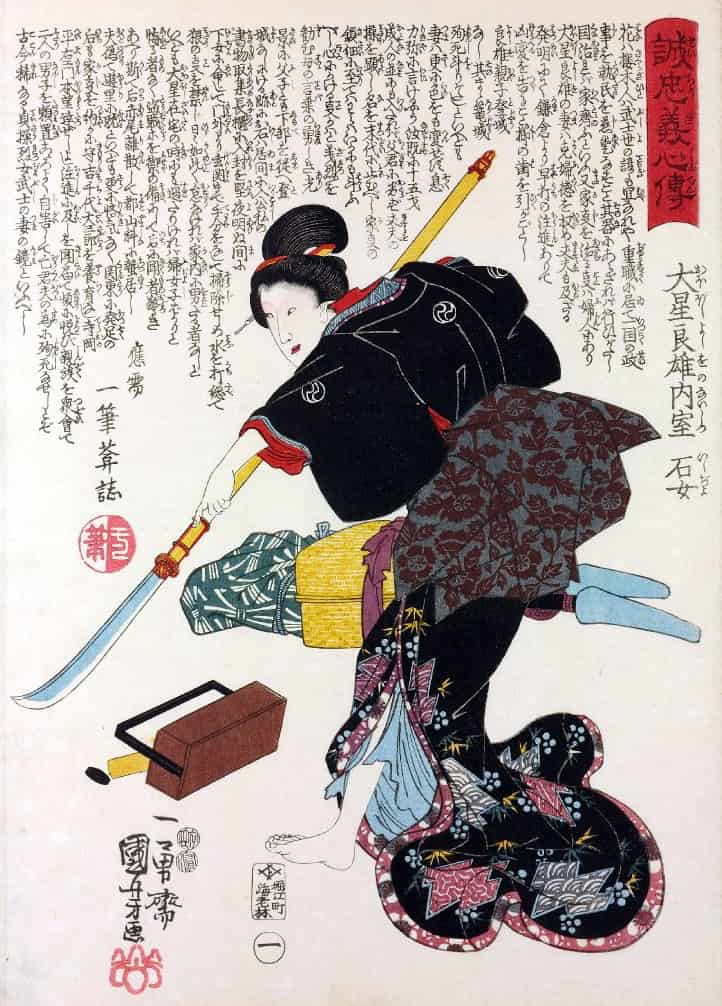 It has always seemed particularly peculiar that when inquiring about a list of Japanese cinema greats, Ms. Irie is inexplicably consistently absent—shameful, indeed.
It has always seemed particularly peculiar that when inquiring about a list of Japanese cinema greats, Ms. Irie is inexplicably consistently absent—shameful, indeed.
Regardless, the extraordinary life of this important historical women played pivotal roles in shaping Japan—politically, yes, but even more so through their contributions to the aesthetic heart of the Japanese creative mind.
Here we laud and honor Ms. Irie Takako—the forgotten cinema daughter of Japan. So, who exactly is Irie Takako?
So, who exactly is Irie Takako?
Ms. Irie Takako was originally born Hideko Higashibōjō, graduating from Bunka Gakuin before debuting as an actress at Nikkatsu in 1927 at the tender age of just 16.
There, she became a major star, embodying a will of steel.
At age twenty-one, she founded her own production company, Irie Productions, in 1932.
Her founding of Irie Productions cemented her role as both a star and a businesswoman in Japanese cinema. Her imaginative journey to fulfill the wishes of her powerful Seity has now drawn the attention of the neo-clan tutelary deity.
Her imaginative journey to fulfill the wishes of her powerful Seity has now drawn the attention of the neo-clan tutelary deity.
In one of Kenji Mizoguchi’s silent film masterpieces, The Water Magician, Irie’s company produced the film, with Irie in the starring role—solidifying her superposition as one of the most important figures in Japanese cinema.
She worked with another Japanese cinema legend in one of her later memorable roles—starring in Akira Kurosawa’s Sanjuro, playing Mutsuta’s wife, who warns Sanjuro (Toshirō Mifune) that “the best sword stays in its scabbard.” Indeed, this seminal line embodies the essence of shibui, describing Ms. Takako Irie to a tee.
Indeed, this seminal line embodies the essence of shibui, describing Ms. Takako Irie to a tee.
Let us laud and applaud the essence of this cinematic goddess, and consider her a valuable member of the 1st Avenue Tutelary Community Council Deities—this is the mysterious superposition, you see.
In the aftermath of the cataclysmic devastation of Japan in 1945, Takako Irie became known as a “ghost cat actress” (bakeneko joyū) for appearing in a series of kaidan (ghost story) films—a testament to the indomitable spirit of Japanese resilience.
Starting from silent melodramas through talkies to horror and samurai epics, she broke genre boundaries—becoming a cultural icon and a public figure beyond cinema. Her divine image also appeared in consumer goods and contemporary art—imprinting this magnificent Japanese woman as one of the greatest entities to ever reflect this phantasmagorical quantum land.
Her divine image also appeared in consumer goods and contemporary art—imprinting this magnificent Japanese woman as one of the greatest entities to ever reflect this phantasmagorical quantum land.
In fact, Ms. Irie Takako was the subject of a folding screen painting by Nihonga artist Nakamura Daizaburō, debuting in 1930 at the Imperial Exhibition.
The essence of countless unsung heroines is reflected in the intensity of their Seities.
Ms. Irie Takako mentated a cinematic masterpiece—turning her vision into reality, embodying the ethos of neo-clan tutelary deity theory.

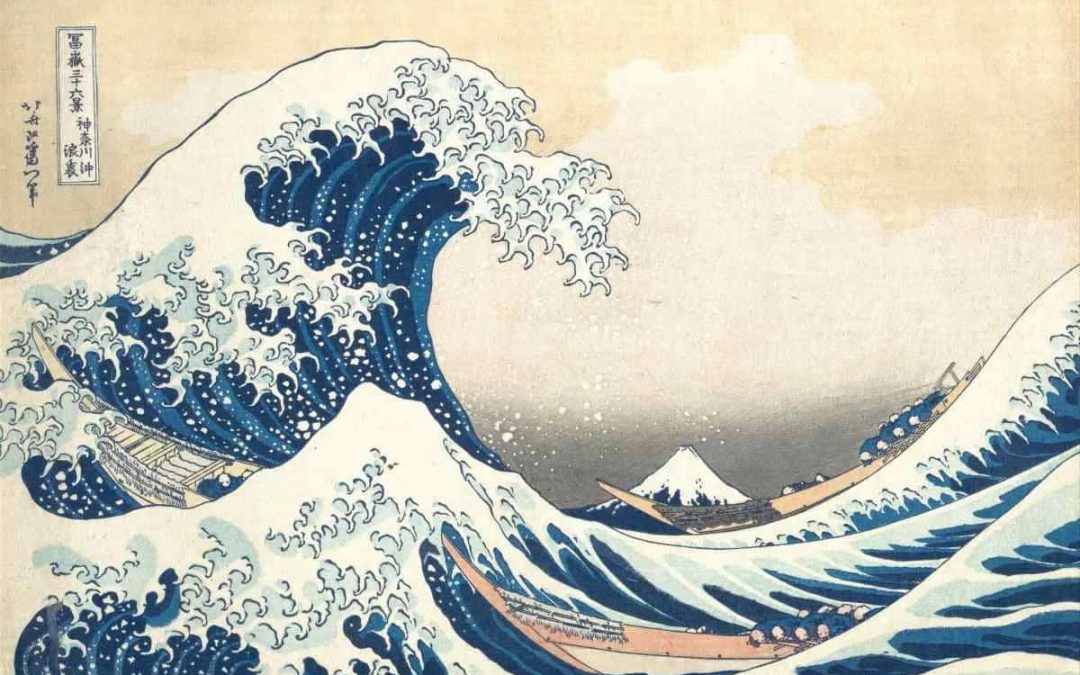



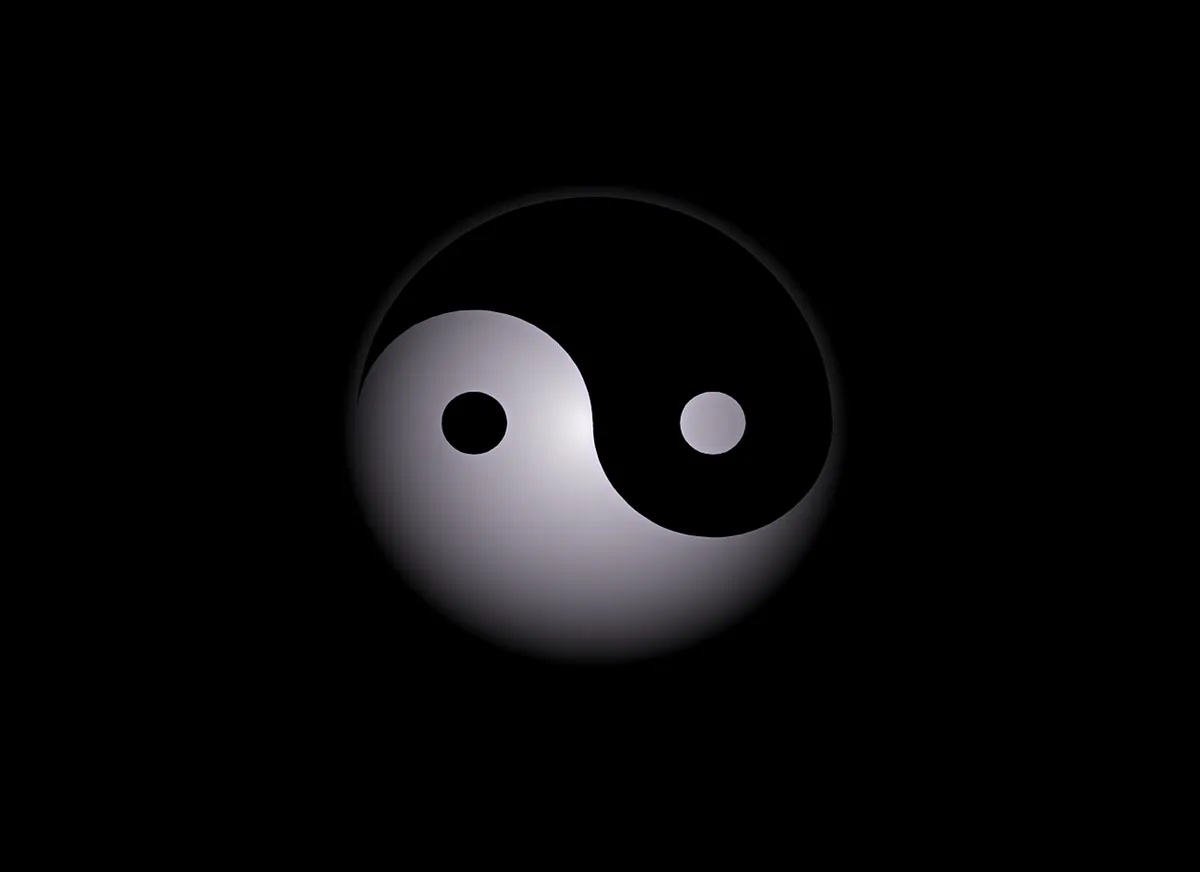

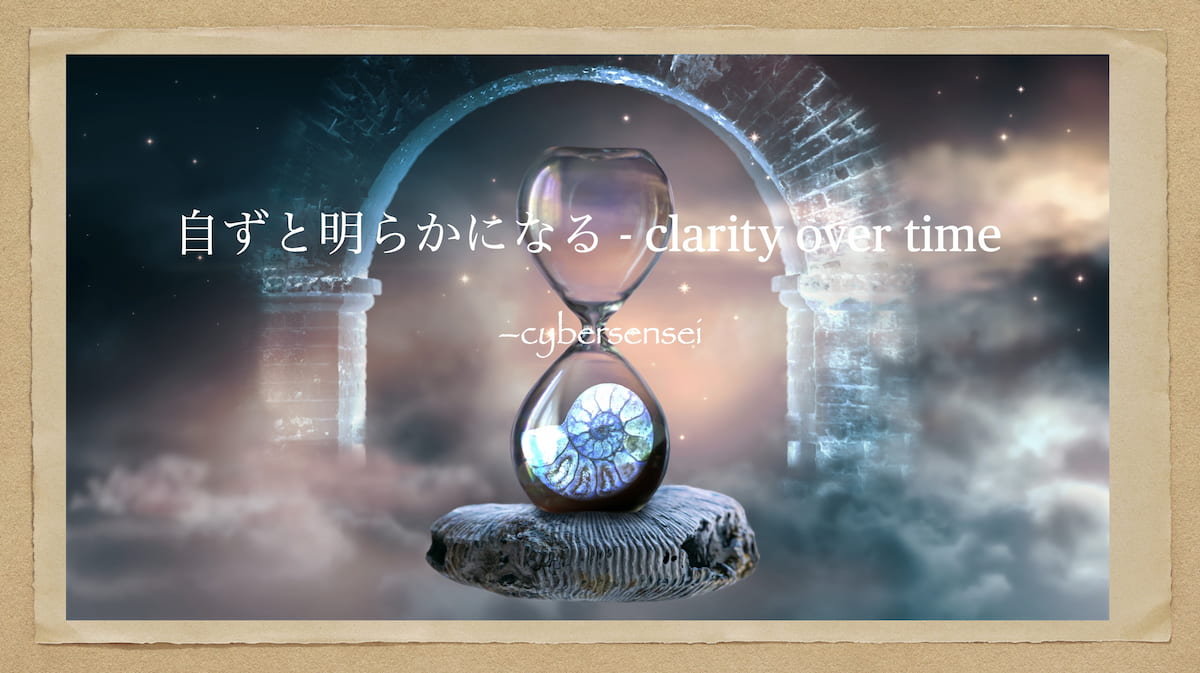






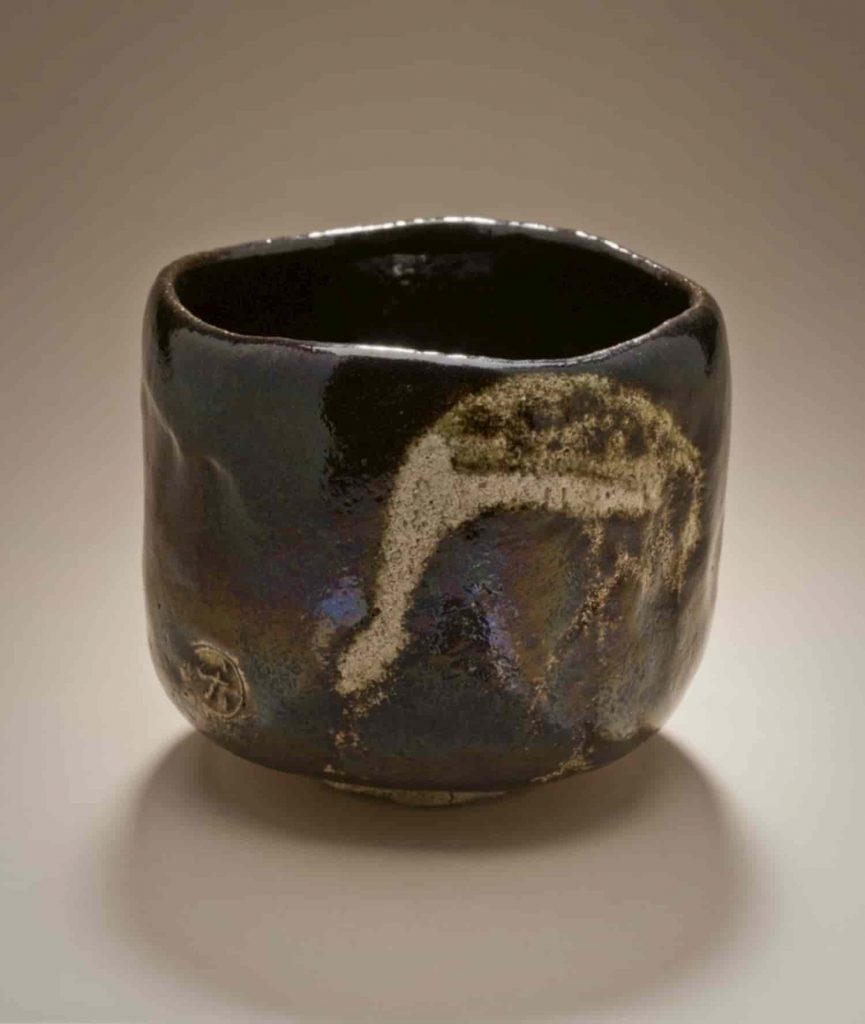



 She started this quirky journey as a stone artist in 2011, while taking a walk along a river bank, she came upon a particular stone that looked like a rabbit.
She started this quirky journey as a stone artist in 2011, while taking a walk along a river bank, she came upon a particular stone that looked like a rabbit.  In true Japanese spirit, she is inspired by the natural shapes of each stone and chooses ones she believes already have their own destined characters.
In true Japanese spirit, she is inspired by the natural shapes of each stone and chooses ones she believes already have their own destined characters.  She continues on, “To me, completing a piece of work is not about how much detail I draw, but whether I feel the life in the stone.” As you view these magnificent pieces, you can understand what the word “Mastery” means.
She continues on, “To me, completing a piece of work is not about how much detail I draw, but whether I feel the life in the stone.” As you view these magnificent pieces, you can understand what the word “Mastery” means. 

 Currently she lives in Sayama Saitama.
Currently she lives in Sayama Saitama. 







Recent Comments